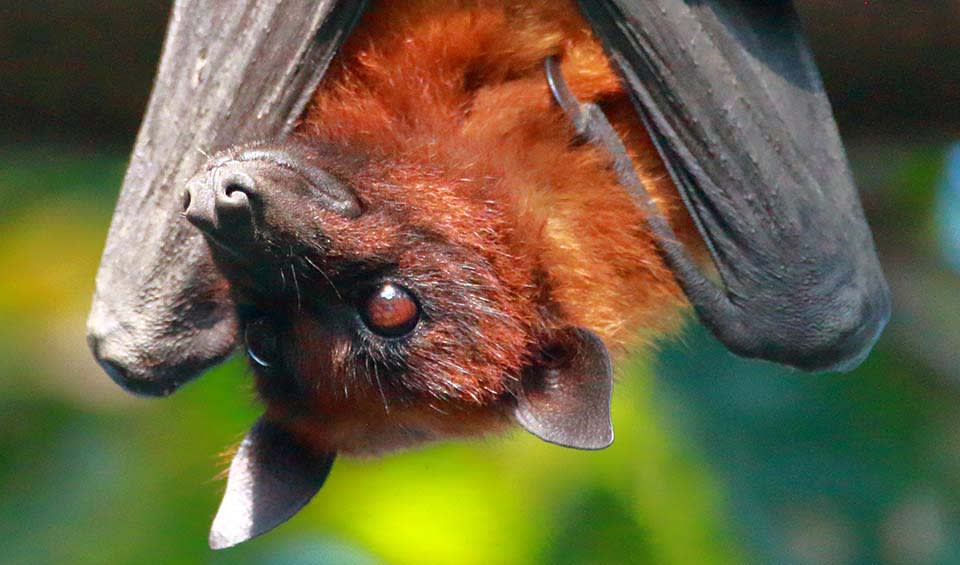Endemic to the Philippines, it is one of the world’s most extraordinary and elusive bat species, known for its enormous size, striking golden fur, and vital ecological role. Unlike many bats that rely on echolocation, this species depends on its keen eyesight and highly developed sense of smell to locate food, which primarily consists of ripe fruits, particularly figs. As a key seed disperser, it plays a crucial role in maintaining and regenerating tropical forests, helping trees take root in areas where deforestation has left scars on the land.
What makes the giant golden-crowned flying fox distinct from other fruit bats is its striking appearance. It gets its name from the golden or yellowish fur on its head, which contrasts sharply with its dark brown or black body and wings. Its face closely resembles that of a fox, with large, expressive eyes that give it a distinctive, almost mammalian look. Unlike many bat species that roost in caves or hidden crevices, it prefers high-altitude roosting sites in dense, undisturbed forests, often gathering in colonies of several hundred individuals. These colonies are sometimes shared with other fruit bats, forming large and complex social structures. Interestingly, despite their large size, these bats are known to be quiet and non-aggressive, rarely interacting with humans unless threatened.
Sadly, the giant golden-crowned flying fox is endangered, facing severe threats from deforestation, poaching, and habitat destruction. It is often hunted for bushmeat or captured for the illegal pet trade despite being legally protected.
Distribution
 Philippines
PhilippinesAnything we've missed?
Help us improve this page by suggesting edits. Glory never dies!
Suggest an editGet to know me
Terrestrial / Aquatic
Altricial / Precocial
Polygamous / Monogamous
Dimorphic (size) / Monomorphic
Active: Diurnal / Nocturnal
Social behavior: Solitary / Pack / Colony
Diet: Carnivore / Frugivore / Omnivore / Piscivorous / Insectivore
Migratory: Yes / No
Domesticated: Yes / No
Dangerous: Yes / No




